In a recent interview with Simon Andrews, Tyler Bishop discussed how cookies impact advertising’s future, internet data privacy, the value of personalized ads, and why the most dominant businesses in the world are focused on advertising. Simon is the producer of the addictive! newsletter, Fix, and has been on several past interviews with Ezoic. This blog is based on the information shared in that interview.
You can view the full interview here:
User Data Privacy
Digital advertising is changing all of the time. This is especially true in the wake of 2020, when digital trends had to rapidly adapt. Trends that had just begun rising were suddenly fast-forwarded years–just look at the rise in ecommerce, which saw a decade of growth in just eleven months.
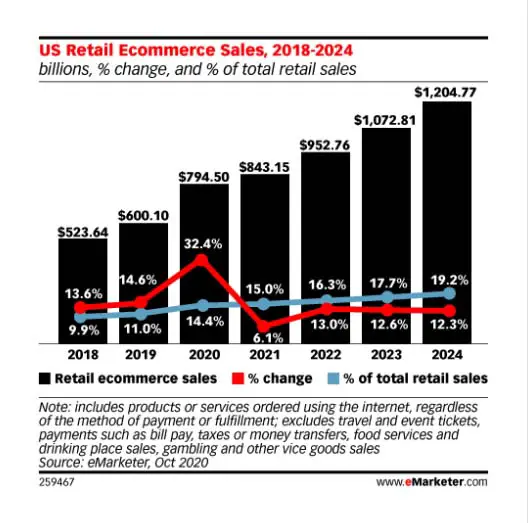
Additionally, with things like GDPR (General Data Protection Regulation) and CCPA (California Consumer Privacy Act), the demise of third-party cookies, and the IDFA (Identifiers for Advertisers, or something similar to a cookie that is connected to devices rather than browsers), digital publishing is at a significant turning point. This will be, in turn, disruptive for anyone in the marketplace.
With mention of the termination of third-party cookies, it begs the question if it really has anything to do with consumers. Consumers are more likely concerned with data than with the actual third-party cookie because most consumers don’t understand third-party cookies. Third-party cookies are more likely taken seriously by GDPR and CCPA. The demise of third-party cookies is more likely concerned with large platforms like Google, Amazon, Apple, and Facebook positioning themselves to go against one another. Apple has already made privacy a cornerstone of their platform, especially with dismantling the IDFA in mobile apps and removing cookies from Safari.
Those who will suffer most from third-party cookies disappearing are those outside these walled gardens because those cookies are more important to them. Platforms like Facebook, Amazon, and Apple already likely have you logged in, so they already have you inside their walled gardens. Google is in a bit of a different position. Though Google also has you logged in, the Google business is serving ads across the entire internet, which obviously involves cookies. To combat and find an alternative to this, Google has the Sandbox initiative to test out different things, as they likely have more to lose than the other platforms, as they have more to lose than the other platforms.
As far as those platforms that will benefit, Amazon is growing at a rapid rate because of their excellent attribution. Amazon has access to things you’ve looked at and purchased and is easily able to spin that around and show consumers ads.
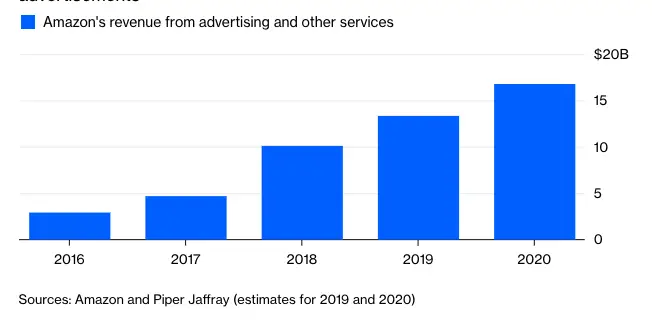
Apple is not known for its advertising, except for its search ads on the app store. However, they may have plans to get more into advertising in the future, as this is where the other big platforms are doing. It is also possible that Apple would come out with a search engine, which may compete with Google.
Though the bigger platforms may not be concerned as much with third-party cookies, for those who rely on the third-party cookie, they are still of importance. A study by Google showed that by disabling third-party cookies, publisher revenue decreased by 52%. In an initiative to get around third-party cookies successfully, there has been an increase in attention to other work arounds and ID initiatives, like fingerprinting, subdomain delegation, local storage, and contextual targeting.
Despite third-party cookies disappearing, it is still important to note that it is still possible to advertise within the ecosystem. For example, one can advertise with Condé Nast and one can still know what they are going to get with Condé Nast without third-party cookies because of the environmental context. This may come into more importance as third-party cookies disappear.
Conclusively, looking at the value that third-party cookies bring reveals that it really is a lot of doltish behavior. They are mostly used to follow someone around on the internet and as a work-around to advertise to more high-class consumers. For example, if an advertiser wants to advertise to New York Times readers but doesn’t want to pay New York Times prices, they could drop a cookie and then find those consumers through Yahoo Mail or eBay, which is much cheaper.
Ultimately, because the prices in the walled gardens will be significantly unaffected by third-party cookies disappearing, there will likely be less impact on prices as it is predicted.
Attribution is one thing, however, that depends on the third-party cookie. It is up for debate how valuable that is though. For example, if a user saw a banner ad on their mobile phone the size of a fingernail 30 days ago, has that really influenced the user’s purchase or not?
“Maybe we just get some more scrutiny and people look more sensibly that without the option of third party cookies, we start to think more carefully about what we are doing, how we measure it, and is it really valuable,” said Simon.
ROI Decline?
With the advancement of a lot of different attribution and tracking tools, the question many are neglecting to ask is what the value of the audience actually is. Even without cookies, digital advertising still has the best form of attribution, especially when compared to traditional advertising like television or billboards.
Digital is held to a much higher standard than traditional advertising is. It is possible to spend $10 million on a TV campaign and not have a real idea of if it’s had any effect or not. It’s all very unscientific compared to digital advertising.
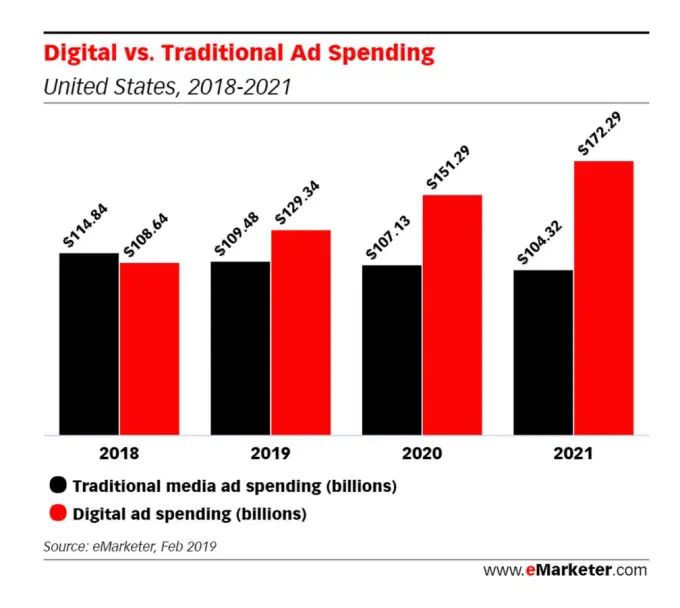
With constant privacy changes like third-party cookies and Apple Safari on mobile, it seems to paint a darker picture concerning attribution for marketers. This raises the question, are marketers actually going to lose ROI from this lack of targeting or is it something that ultimately may make marketers smarter?
It is most likely that marketers using performance metrics and truly looking at their digital performance, such as brand metrics, clicks, and visits to online business will surely rise up while those not investing in this data will be pushed out of the way.
Waste and Fraud
A trend this year is big brands pulling away dollars and even contracts from agencies and bringing them in-house. This has caused many companies to be concerned about where that advertising money is actually going, as waste and fraud is becoming more rampant.
ISBA (a trade body for marketers) and PWC (a multivariate accounting firm) did a study and found that over half the money advertisers spent doesn’t get to the media owners, but gets spent on things like hiring tech. Even tech people are of value, it is still money that is supposed to be allocated elsewhere.
The study also found that some sites were advertising on 400,000 different websites. There is also information that 15% of the money spent on advertising just disappears, and no one knows where it goes. This may remind some of the study that the Guardian did, buying their own ad inventory. The Guardian found that there were instances where only 30 pence on the pound were making it back to the publisher.
One of the things that has been present for a long time in programmatic advertising is this allegation of massive fraud. There is a presence of fraud that has been grandfathered into many practices that occur, and there is a question as to whether there is something that is going to come along and fix the 15% disappearance.
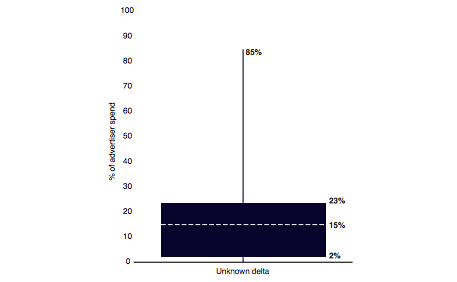
“The industry has a problem, where we’re taking money away from the people who deserve it and are spending it elsewhere,” said Simon.
Programmatic advertising is a billion-dollar industry, and because there are so many access points, it means that bad actors can get in there more easily. The more programmatic advertising has emerged, really over the last five years, it’s been a black box that people don’t quite understand. People are now questioning how it’s working and are more conscious of doing things properly, especially as third-party cookies removed from the space.
With the demise of third-party cookies and disappearing revenue, we see publishers are getting smarter by using their first party data to better understand their audience and get value through that understanding.
Monetize Your Content
There is a three-way exchange that has been happening for many years that provides value for every party member–users, publishers, and advertisers–and that is advertising as a way to provide content at little or no cost.
If there is a way to create transparency between the advertisers dollar and the publisher revenue extracted from being able to display those ads, we should consider what role advertising plays in publisher monetization, both models and percentage of revenue moving forward.
At this time, publishers should be asking themselves if digital advertising is still an effective way to monetize their content or if there are better alternatives. As there isn’t currently anything at the same scale as digital advertising, it would be difficult to completely transition, though there is the rise of subscriptions and product sales. Though the advertising model has persisted for a long time, one might ask the question if it is likely to change.
Currently, the most valuable companies in the world are advertising companies or are driven by advertising—Google, Facebook, Amazon, Apple—and so it is unlikely this will change anytime soon. These companies’ investment in advertising, in itself, shows the importance of digital advertising. It works incredibly well because brands can find a way of telling consumers about new products, which is valuable to them. Meanwhile, they fund content for next to nothing, which is valuable for publishers. It’s truly a trinity that keeps working well.
There are two things you can do with programmatic advertising: you can be more efficient or more effective.
For example, if you want to be more effective, consider Nike. They want to find people who are aged 16 to 35 who like basketball and live in London. They have to think smarter to actually find those people. The more efficient model is to just spend a bunch of money quicker and cheaper than I’m doing now, and unfortunately many agencies for the efficient model. It is important to have programmatic advertising to handle the scale that’s out there, and finding ways of doing that smartly.
Though those other models have popped up, such as subscriptions, they are not a sustainable model for many people, especially when you come into difficult times like we have in 2020; people may not have extra money to spend on subscriptions. In a study by Zuora, a cloud-based software, it was shown that 22.5% of companies are seeing their subscription growth rate accelerate, while 53.3% saw a limited impact.
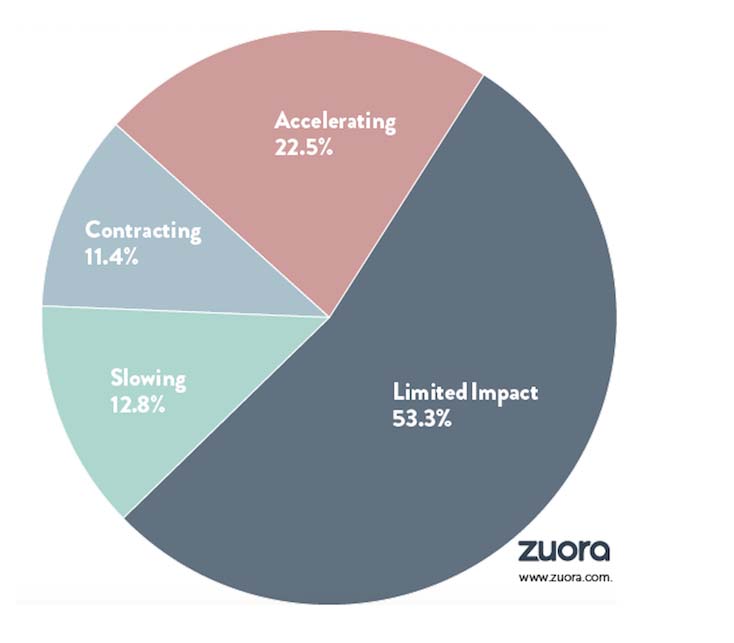
There is a way that publishers can enhance their advertising, however, and that is having registered users. This is a way to collect more data on them that publishers aren’t going to break privacy with and significantly adds to publishers’ first-party data.
Bundle & Unbundle
Publishers can have registered users or logged-in users and then use that data to manage the privacy themselves and use that connection to their audience to continue to market them, to bring them back, and creating great content. With this, publishers have the opportunity to take back control of a lot of the intricacies of digital publishing.
Publishers are becoming more aware and curious about their ad inventory and cookies and wondering how much they understand and control. They may not want to outsource, or bundle, as much as they have in the past because they want to retain that control.
However, this may be hampered by publishers’ previous need to reduce their teams in the last couple of years, keeping the creative journalists but letting go of the more commercial people. This has then led to outsourcing. Now, many publishers don’t have the know-how or resources to take advantage of this. Taking back control of these bundles is trending, but probably not as hard as some think.
Part of this control is setting parameters with certain advertisers to control the quality of your advertisements. Returning to the Condé Nast example, you may strike a deal with them or another big publisher, but you will do it in an intelligent and selective manner. Part of taking back control is setting these parameters and not just appearing on any website. Taking back control is smart for agencies, it’s smart for publishers, and for advertisers as well.
It’s an imperfect market but it’s a lot better than before. We have digital and the ability to target people the way we can now. We’ve got much more certainty now and should be proud of the progress we’re making.
For more by Simon Andrews, visit addictive! and sign up for the Fix newsletter, which is emailed every Wednesday and Friday and includes information ad tech, newTV, merchants, social, and creativity.

